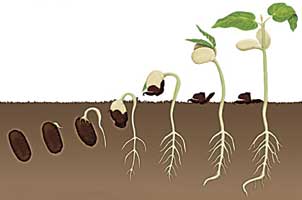“Why is the sky blue?”
“How does a washing machine dry clothes?”
“Why are there dimples on golf balls?”
“How do seasons occur?”
 Our quest to “know more” has led to new discoveries over the ages, which in turn have resulted in amazing inventions. A sense of curiosity and a general inquisitiveness to understand how and why things work has been the key catalyst in the progress that mankind has made. Imbibing this curiosity in the young minds of students adds to the relevance and value of classroom learning in schools.
Our quest to “know more” has led to new discoveries over the ages, which in turn have resulted in amazing inventions. A sense of curiosity and a general inquisitiveness to understand how and why things work has been the key catalyst in the progress that mankind has made. Imbibing this curiosity in the young minds of students adds to the relevance and value of classroom learning in schools.
Conventional teaching has generally included magic and mystery, factoids, and the memorizing of random information. More recent advancements in educational research have opened up teaching in the context of everyday objects. The focus of teaching has shifted backwards – objects precede concepts and concepts precede formulas. Teaching how things work is useful in everyday life. It explains things rather than obscuring them. It grows naturally from the ordinary everyday world. It emphasizes thought with understanding and builds a confidence to face the world.
The article has been contributed by Butterfly Fields, a company working in the domain of innovative teaching learning techniques. To know more about the work the company does visit www.butterflyfields.com or call 040 2771 1020.
